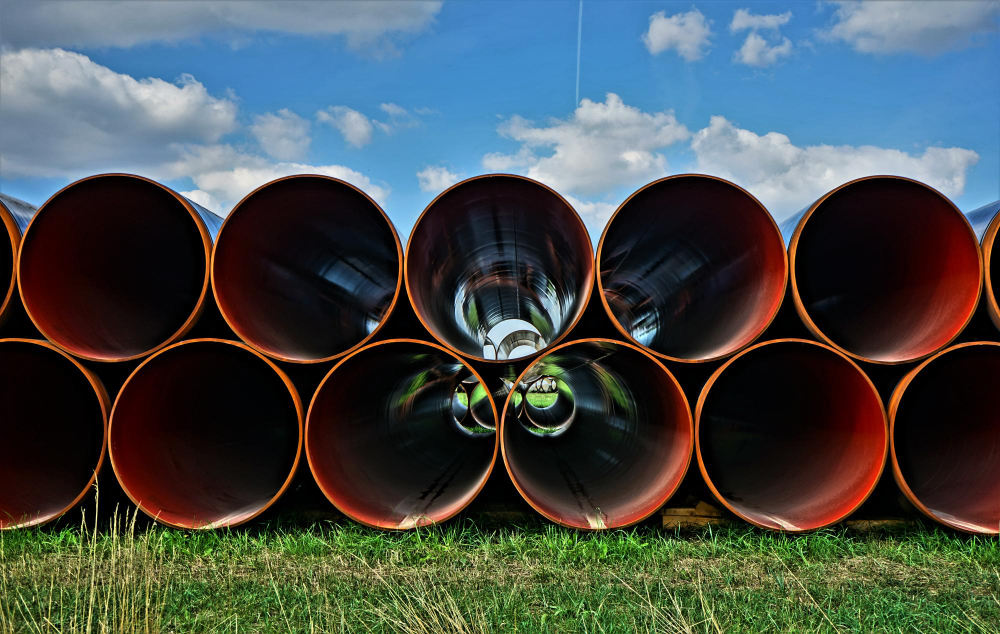Water can be a formidable foe in construction, turning projects into challenging puzzles. Every builder knows the struggle of keeping a site dry, the delays it can cause, and the quest for effective solutions. As we venture into the world of construction challenges, one method emerges as a hero in the battle against water. This tool is not just a piece of equipment; it’s the key to turning water woes into a manageable task. Enter the world of dewatering pipes, a cornerstone in ensuring projects stay on track and within budget by efficiently managing water on site.
Effective Water Control Techniques
- Sump Pumping Mastery
Sump pumping is a fundamental method for removing accumulated water from a site. By placing pumps in low-lying areas or sumps, operators can efficiently redirect water away from the project area. This technique is particularly useful in areas with a high water table or after heavy rainfall.

- Mastery of Wellpoint Systems
Wellpoint systems involve inserting a series of closely spaced shallow wells, known as wellpoints, around the excavation site. Connected by a header pipe to a vacuum pump, these wellpoints draw water up and out, effectively lowering the groundwater level around the construction site. It’s a versatile solution, ideal for shallow excavations.
- Deep Well Solutions
For deeper excavations, deep well dewatering becomes necessary. This method employs submersible pumps placed within drilled wells, capable of handling larger volumes of water and suitable for more significant construction projects. These deep wells can manage the groundwater levels effectively, allowing for safe and dry construction conditions.
- Trench and Ditch Innovation
Open ditch or trench dewatering is a straightforward yet effective way to guide water away from specific areas. By creating trenches or ditches, water naturally flows out of the construction area, following the path of least resistance. This method is often used in conjunction with other dewatering techniques for optimal water management.
- Utilizing Geotextile for Water Management
Geotextile dewatering involves the use of permeable fabrics that filter water while retaining solid particles. This method is particularly effective for managing sediment-laden water, ensuring that only clear water is discharged from the site. It’s an eco-friendly option that minimizes environmental impact.
Dewatering Insights And Innovations
- Exploring Dewatering Techniques
Dewatering techniques vary widely, each suited to different types of projects and environmental conditions. Understanding the specifics of each method is crucial for selecting the most effective dewatering strategy for your project.
- Planning and Design for Dewatering
Effective dewatering requires careful planning and design. This involves assessing the site conditions, understanding the local groundwater dynamics, and choosing the right dewatering equipment and techniques to meet the project’s needs.
- Equipment Essentials for Dewatering
The right equipment is vital for effective dewatering. From pumps and well points to geotextile filters and dewatering pipes, selecting high-quality and appropriate equipment ensures efficient water management throughout the project’s duration.
- Importance of Monitoring and Maintenance
Regular monitoring and maintenance of dewatering systems are critical to their success. This ensures that the systems operate efficiently, adjustments are made as needed, and any potential issues are addressed promptly to avoid delays or damage.
- Environmental Considerations
Dewatering activities can have significant environmental implications. It’s essential to consider the impact on local water resources, ecosystems, and compliance with environmental regulations to mitigate potential negative effects.
- Safety First with Dewatering Pipes
Safety considerations are paramount when implementing dewatering solutions. Proper planning, equipment selection like efficient dewatering pipes, and adherence to safety guidelines protect both the project and the workers involved.
- Compliance and Permits in Dewatering Projects
For dewatering projects, securing permits from local authorities is essential due to the environmental impact. Adhering to regulations ensures the protection of groundwater and ecosystems, making compliance a key step in responsible project management.
Your Partner in Effective Water Management
At Bigfoot Pipe And Piling, we understand the crucial role that dewatering pipes play in managing water on construction sites effectively. By leveraging our expertise in various dewatering techniques and our commitment to efficient planning and design, we ensure your projects move forward smoothly, even amidst water-related challenges. Choosing the right equipment is vital, and that’s where our selection of high-quality dewatering pipes comes in. We also prioritize environmental and safety considerations, ensuring that every project we support not only meets but exceeds regulatory standards. With us, you’re equipped to handle water management with confidence and success.
